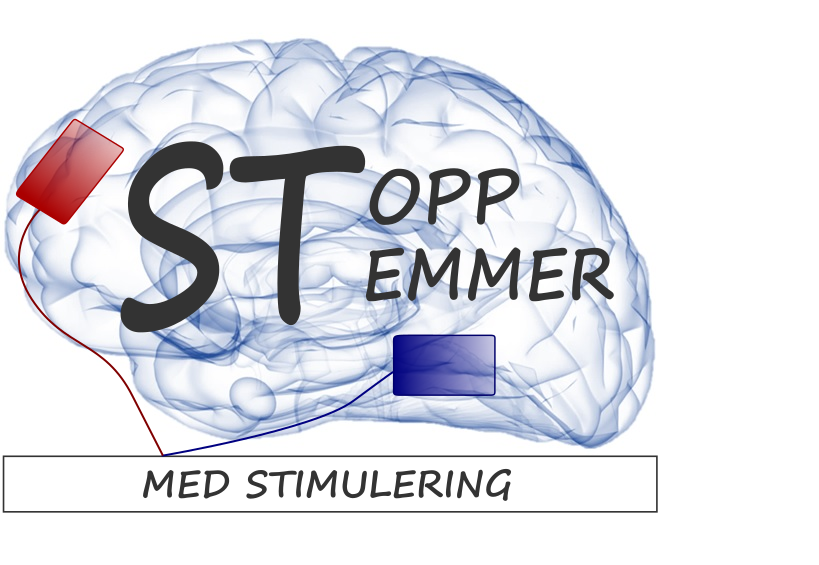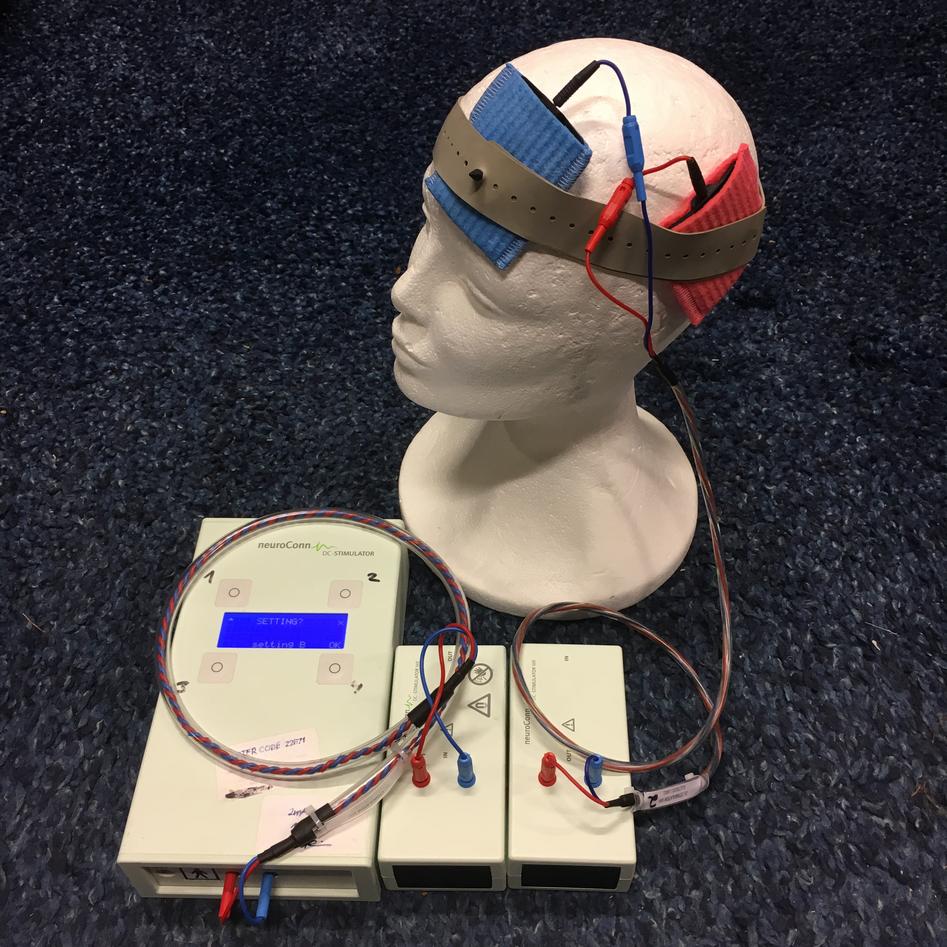Brain stimulation in healthy individuals
What are the neural underpinnings of brain asymmetry and attention?

Main content
Brain asymmetry refers to the phenomenon that the left and right halves of the brain are specialized for different functions. For example, you are likely to talk with your left hemisphere. By using transcranial direct current stimulation (tDCS), we can up- or down-regulate neural activity in specific brain regions. That allows us to investigate which brain areas are crucial for brain asymmetry and attention. Here, we use very low electrical current (2mA). By using MRI we can explore which neurotransmitters are responsible for the effects of tDCS.
We assess both brain asymmetry and attention with a dichotic listening task, which is performed while participants receive tDCS and are inside the MR scanner. This allows us to examine the consequences of the brain stimulation “online”. A better understanding of brain asymmetry and attention may aid to develop better models for mental disorders like schizophrenia.
The experiment is now done and we are working on publishing the data.

